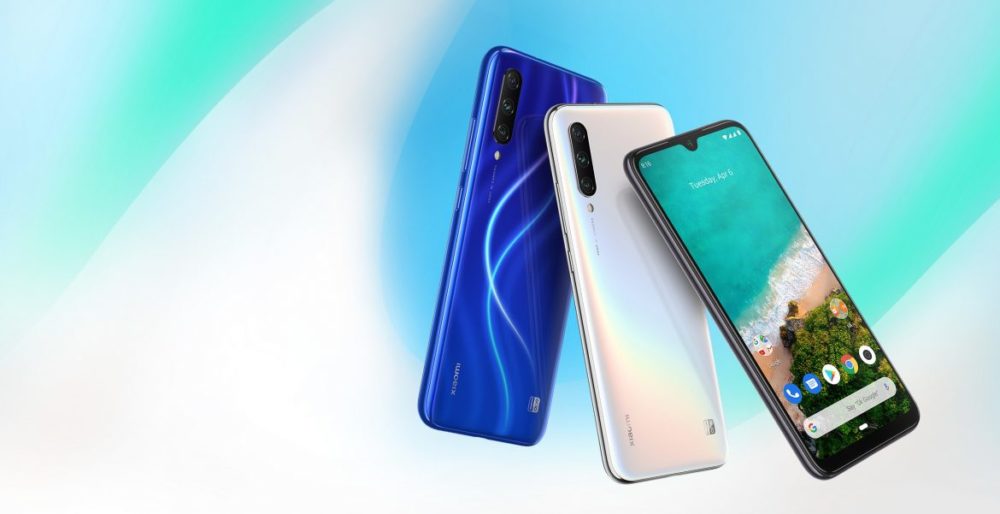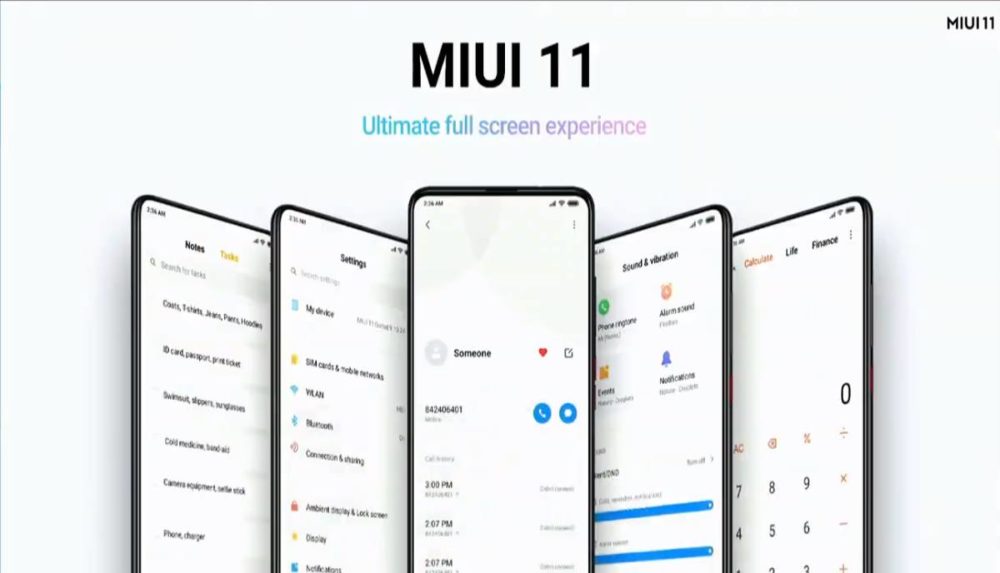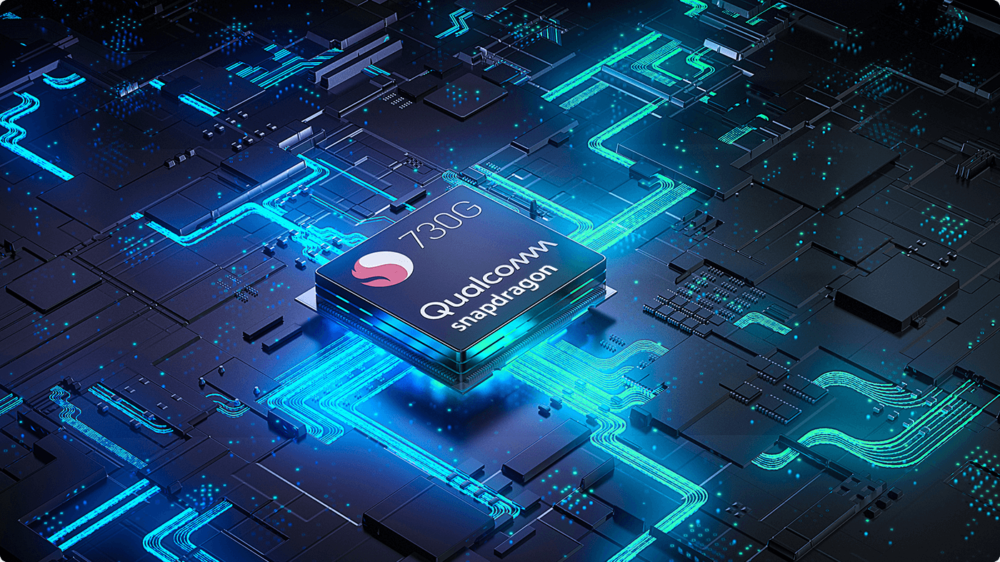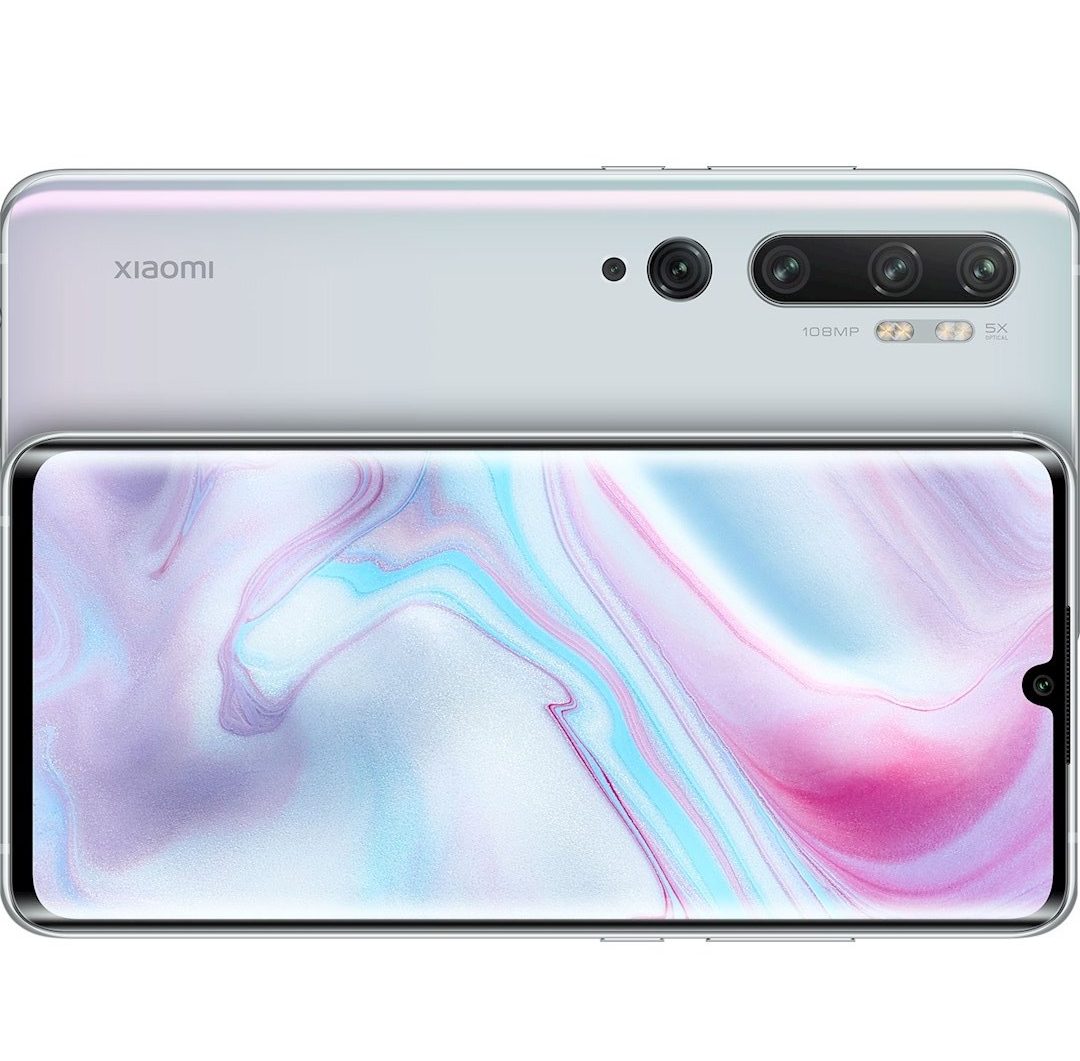TL;DR
After years of loyalty to Apple, a frustrating experience with an earlier Android device made the author hesitant to switch. However, escalating Apple prices and declining quality have opened the door for competitors like Xiaomi. This review explores the Xiaomi Mi Note 10, revealing a dramatically improved Android ecosystem with minimal core functional differences from iOS. The Mi Note 10 impresses with its camera, display, and value proposition, challenging the notion that premium pricing equals superior quality. Discover if Xiaomi has convinced this former Apple devotee to make the jump to Android in the full review!
I transitioned to Apple in 2006, driven by the declining performance of PCs and the perception that Windows XP represented a peak before a downturn. In 2010, I acquired the iPhone 3GS, and have since consistently used the iOS and macOS ecosystem, influencing many others to do the same. My experience has been characterized by smooth operation, reliability, and a relatively high cost, but the systems consistently performed well, at least until recent years.
Around 2015, I spent several months using Android on a mid-range Samsung device. The experience was, frankly, subpar. The user interface was unrefined, and the Google Play Store felt like an unregulated marketplace, with legitimate apps accompanied by numerous third-party offerings with similar icons, making accidental installations common for users who didn’t meticulously check developer names. Security was lax, with apps gaining unrestricted memory access, akin to Windows. Updates were cumbersome and often detrimental. At the time, Apple’s structured environment and premium feel seemed worth the investment.
Fast forward to 2019. Apple maintains a strong presence in Western Europe (Eastern Europe is currently outside the top five mobile markets). However, escalating prices in Cupertino, coupled with declining hardware quality (e.g., the butterfly keyboard) and gradual software degradation (e.g., macOS Catalina), are creating opportunities for increased competition from Asia. Xiaomi, a major Chinese manufacturer, recently launched an official Nordic presence in Stockholm. The company is a global leader in IoT (Internet of Things), offering nearly 2,000 products ranging from smartphones to robotic vacuum cleaners, security cameras, washing machines, and smart luggage. Xiaomi emphasizes innovation and quality, and has garnered praise for its policy of capping hardware profits at 5% (though the concept of profit is complex, as seen in debates about profit caps in welfare/education). Unlike its Chinese competitor Huawei, Xiaomi has largely avoided sanctions (which are now being eased) and, unlike other Asian brands such as Samsung and HTC, has not been caught in the price increases associated with Apple’s pricing strategy. This presents Xiaomi with a significant opportunity to gain market share, provided its products meet expectations. Let’s investigate!
A new era of Android
Long-term survival in a highly competitive market requires constant adaptation. The subject of this review, the Xiaomi Mi Note 10 – a high-end, mid-range phone aggressively promoted at Xiaomi’s Nordic launch – prompted me to reassess the Android ecosystem after 5-6 years. The changes are dramatic, and I can confidently say that the differences between Android and iOS are now minimal in terms of core functionality, with only minor advantages on either side. Android 9 (currently being upgraded to 10) features similar menus, layouts, and functions, along with a redesigned Google Play Store that offers improved app curation and control. The previous chaotic environment is gone, and the two platforms now share a high degree of similarity, reflecting mutual inspiration over the years. Security has also been enhanced, with apps scanned before installation to detect Trojans and other malicious code. However, users should still exercise caution when installing apps, particularly those from unofficial sources. A feature now exists to facilitate the transfer of apps and settings between iOS and Android, reducing the barrier to switching platforms in either direction.

Interestingly, Windows 10 and macOS (15) have also converged, with mixed results. However, that discussion is for another time.
Xiaomi Mi Note 10 – in a nutshell
Xiaomi, like other manufacturers, has customized Google’s Android OS, creating MIUI, currently in version 11. The menus are well-organized, and the search functionality surpasses that of iOS. For example, searching for “sim” quickly provides relevant results if you want to modify SIM-related settings. The same applies to other settings. Google’s search capabilities are unmatched.

iOS users will quickly become familiar with the interface. Swiping gestures function similarly to those on the iPhone, and app management (moving icons, installing/uninstalling apps) is also comparable, though performed through the Google Play Store. The Mi Note 10 feels comfortable to hold, with a height similar to, but a width slightly less than, the iPhone 11 Pro Max (6.5″ vs 6.8″ diagonal screen size). The display’s notch for the selfie camera can be hidden by adjusting the screen framing. The device uses a 1080p AMOLED screen with a pixel density of 396ppi, an upgrade compared to the LCD screens found in Apple’s standard iPhones (excluding flagships). The phone supports both fingerprint (directly on the screen, requiring compatible screen protectors) and facial recognition, both of which perform well, though facial recognition is slightly slower than on Apple devices. A welcome addition is the included transparent silicone case, which improves grip and provides basic protection.
Apple’s iOS continues to offer a streamlined and user-friendly experience, ideal for “plug-and-play” users who prioritize stability and ease of use. However, Android excels in customization and features, allowing users to tailor nearly every aspect of the system, from graphical interfaces and icon design to selecting specific audio codecs. This is particularly useful for audiophiles who value high-resolution audio via wireless headphones like the Panasonic RP-HD605N, which supports high-resolution, lossless codecs such as LDAC and aptX HD. Android also provides greater file management flexibility and supports fast charging via USB-C, with Xiaomi including a 30W charger, nearly twice as powerful as Apple’s 18W charger included with the Pro Max. The inclusion of dual SIM card slots with scheduling further enhances the Mi Note 10’s appeal, eliminating the need to carry separate phones for personal and professional use. These features contribute to a positive overall assessment.

180 MP divided into five cameras
The Mi Note 10 features a unique camera array, with five lenses on the rear totaling over 180 megapixels (180 million pixels), with the main lens being 108MP. While Apple maintains a 12 MP resolution, Xiaomi, in collaboration with Samsung, aims to redefine mobile photography, providing detail sufficient for printing large-format banners (4.5 meters).
The primary camera is a 108 MP wide-angle lens, complemented by a 12MP 2x zoom lens, a 5MP 5x zoom lens, a 20 MP ultra-wide lens, and a 2MP macro lens for extreme close-ups.


The image quality is excellent. In addition to sharpness and vibrant colors, the level of detail is exceptional. The standard mode captures 27MP images, which are more than adequate, but the 108 MP mode provides incredible zoom capabilities, almost like using a telescope. This allows for creating high-quality images by cropping sections of a master image. The 32 MP selfie camera also performs well and supports portrait mode (bokeh). Note that models targeted at the Chinese market may have beauty filters enabled by default; disable these for a more natural appearance.


As new camera software becomes available (such as adaptations of Google’s Pixel software, GCAM, for the Mi Note 10), AI functions like post-capture image brightening will be implemented. Overall, the Apple iPhone 11 and Huawei Mate Pro 30 offer superior performance and image quality. However, the Mi Note 10’s camera is already impressive, suggesting a promising future. The Mi Note 10 offers higher resolution, and future software updates could improve its ranking, although that remains speculative. This article will be updated as new software is released.


Xiaomi Mi Note 10 – price / performance
The Mi Note 10, with 128GB of storage, is currently priced at 5,990 SEK and includes a Mi Band 4 activity tracker (valued at approximately 400 SEK). This is a highly competitive price point. While a larger model (Mi Note 10 Pro) is available for an additional 1,000 SEK, the Mi Note 10 competes favorably with top-tier models from Samsung (Galaxy), Huawei (Mate Pro), and Apple (iPhone 11 and iPhone 11 Pro Max). The operating system is comparable in quality, perhaps less “plug-and-play” but more versatile for users who prefer customization. It also features an AMOLED screen with HDR peaking at nearly 600 nits (though not dynamic HDR Dolby Vision) and a penta-camera system with significantly higher resolution. While the camera may lack the iPhone’s AI capabilities, ongoing software development is likely to narrow the gap, potentially even surpassing it.

The primary compromise with the Mi Note 10 is its processor. Xiaomi opted for the Snapdragon 730G with 6GB of RAM, a capable processor that performs well in games, but is not as powerful as the Snapdragon 855 and 855 Plus found in the company’s more affordable models like the Mi 9T Pro (Redmi K20 Pro), priced around 4,500 SEK. The 730 also lags behind Apple’s Bionic A12 in raw processing power. This impacts the overall experience to some extent, but will likely not be significant for most everyday app users. This can be considered the tradeoff for the enhanced camera capabilities.
A minor drawback is the lack of microSD card support for expanding storage, similar to Apple’s approach. Users should carefully consider their storage needs at the time of purchase. While 128GB is sufficient for many, the option to add double that capacity for a relatively low price would be ideal. However, microSD card support is becoming less common on Android devices, often requiring a compromise on the extra SIM slot.

The Mi Note 10 retains a 3.5mm headphone jack, a feature that may not be essential for all users, but remains a valuable backup when wireless headphones run out of power. Another noteworthy feature is the inclusion of IR (infrared) support, allowing users to create a universal remote control using dedicated software. Mi Remote Controller, Xiaomi’s free and effective application, facilitates this functionality.
Summary – Mi Note 10
Xiaomi’s entry into the Nordic market has the potential to reshape the mobile landscape. The company offers a range of phones that encompass virtually all key functions and unique features, at a significantly lower price than its competitors. Apple’s consistent price increases have influenced the broader market, resulting in “premium” phone prices ranging from 10,000 to 17,000 SEK, regardless of the manufacturer (including Apple, despite being manufactured in China, as well as Samsung and Huawei). At this trajectory, the next Apple model with “Pro” in its name and 256/512GB of storage may approach 20,000 SEK (the iPhone Pro MAX 256GB already costs 16,500 SEK). This coincides with a decline in hardware and software quality at Apple, which is unsustainable in the long term. While Apple may retain advantages in overall performance, quality, and premium aesthetics, it’s difficult to justify prices two to three times higher than those of, for instance, the Xiaomi Mi Note 10, which outperforms Apple in certain areas.

While the Mi Note 10 may have a slightly more plastic feel and lack the “exclusivity” of Apple’s flagships, it offers exceptional value and perhaps the most versatile mobile camera available today. For users who prioritize performance over camera capabilities, the Mi 9T Pro may be a better and more affordable option. However, for anyone seeking a viable iPhone alternative at 30-60% of the price, the Xiaomi Mi Note 10 is an excellent choice. For the first time, I feel confident in considering a future transition to Android, which offers greater choice and the financial flexibility to upgrade more frequently.
Welcome to the market, Xiaomi. Your presence will likely improve the Swedish mobile market by fostering competition, which benefits innovation and pricing. Consequently, the Mi Note 10 becomes the new reference in the Android segment for our reviews.
Purchase the Xiaomi Mi Note 10 at the best price and support senses.se.

